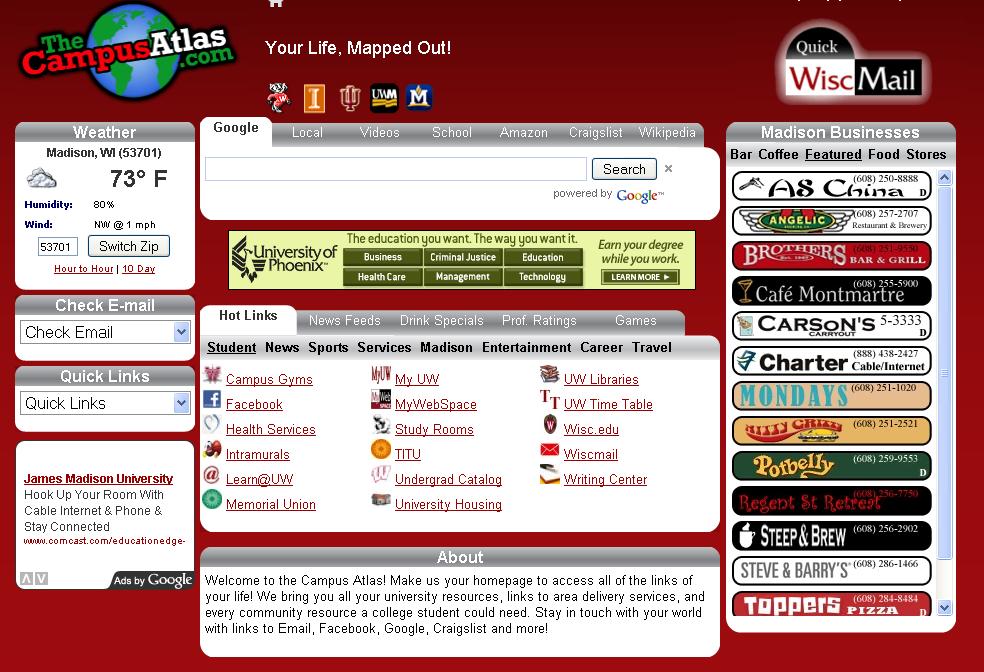Google and Social Networking
Until now, Google has been trying to identify efficient advertising solutions for social media.
And rightfully so.
Social media has become the premier medium for communication and media, and over the past few years, Google has arguably become the face of the internet.
So Google figuring out the social networking issue is a logical and expected event. The only question is, what would such a solution look like?
In a recent BusinessWeek article, Heather Green discusses such a solution:
“Say there’s a group of basketball fans who spend a lot of time checking out each other’s pages. Their profiles probably indicate that they enjoy the sport. In addition, some might sign up for a Kobe Bryant fan group or leave remarks on each others’ pages about recent games they played or watched. Using today’s standard advertising methods, a company such as Nike (NKE) would pay Google to place a display ad on a fan’s page or show a “sponsored link” when somebody searches for basketball-related news. With influence-tracking, Google could follow this group of fans’ shared interests more closely, see which other fan communities they interact with, and—most important—learn which members get the most attention when they update profiles or post pictures.”
While the above excerpt may not be completely reflective of Google’s new, soon to be, patented technology for “ranking the most influential people on social networking sites”, the basic premise can be understood, with the premise being:
People, actions, interests, ENGAGEMENT and INTERACTION are the most important aspects of social networking sites.
Can a company, whose core technology is based on search, truly harness the power of engagement and interaction? Possibly (and if anyone can do it, Google will).
Can a company, whose core technology is based on engagement, truly harness the power of engagement and interaction? Most definitely (and if anyone has been doing it, it has been Lotame).
NOTE: This article can also be found @ the Lotame Blog





